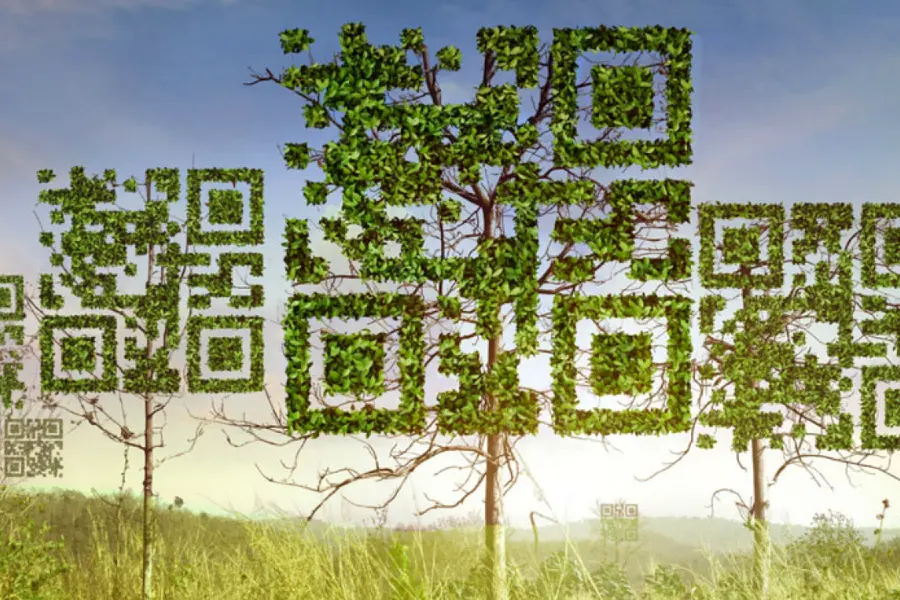The Environmental Benefits of Using QR Codes: Go Green with Digital
Published on

A Greener Future, One Scan at a Time
In an age of increasing environmental awareness, businesses and individuals are constantly seeking ways to reduce their ecological footprint. While the convenience of QR codes is well-known, their positive impact on the planet is often overlooked. The environmental benefits of using QR codes are substantial, offering a simple yet powerful way to cut down on waste, conserve resources, and promote sustainable practices.
This article explores how replacing traditional paper-based systems with digital QR code solutions isn't just a tech upgrade—it's a commitment to a healthier planet.
How QR Codes Help the Environment
1. Drastic Reduction in Paper Consumption
This is the most direct environmental benefit. Consider the lifecycle of a single paper menu: it's printed, laminated, used for a short time, and eventually thrown away when the menu changes. Now, multiply that by thousands of restaurants, hotels, and events. QR codes eliminate this cycle. A single QR code on a table tent or sign can replace millions of pages of printed material over its lifetime, saving countless trees and reducing pressure on forests.
2. Lower Carbon Footprint from Printing and Shipping
The environmental cost of paper isn't just the paper itself. It includes the energy and water used in pulping and papermaking, the chemicals in inks, the fossil fuels burned by delivery trucks transporting boxes of brochures and flyers, and the emissions from printing presses. By going digital with QR codes, you significantly reduce your indirect carbon emissions across this entire supply chain.
3. Minimized Waste in Landfills
Paper products are a major component of municipal solid waste. Short-lived items like event schedules, promotional flyers, and paper tickets are often discarded within hours of use. QR codes are inherently reusable and updateable. A dynamic QR code can be changed endlessly without ever needing to be reprinted, ensuring that nothing physical ends up in a landfill.
4. Reduced Reliance on Plastic
Many paper products, like menus or ID cards, are laminated in plastic to protect them, making them non-recyclable. By using a durable, scannable QR code printed on a long-lasting material (or simply displayed on a screen), you completely avoid this single-use plastic.
Making a Tangible Impact: Real-World Examples
- Restaurants: Switching to QR code menus can save a single establishment thousands of sheets of paper per year.
- Events & Conferences: Digital ticketing and schedules via QR codes eliminate the need for massive print runs for programs and tickets.
- Businesses: Using vCard QR codes instead of paper business cards reduces plastic and paper waste from the networking process.
- Retail: QR codes on shelves can replace paper tags and provide infinitely more product information, reducing the need for disposable pamphlets.
Conclusion: A Small Change with a Collective Big Impact
The environmental benefits of using QR codes are clear and compelling. While one QR code might seem insignificant, its widespread adoption represents a massive opportunity to reduce waste, conserve natural resources, and build more sustainable business models. It’s a perfect example of how technology can be harnessed not just for efficiency and profit, but for the good of the planet.
By choosing QR codes, you're making a conscious decision to be part of the solution.
Ready to make your business more eco-friendly? Start by creating your first paper-saving QR code at QRDesigner.com. It’s a free and easy step toward a greener future.
